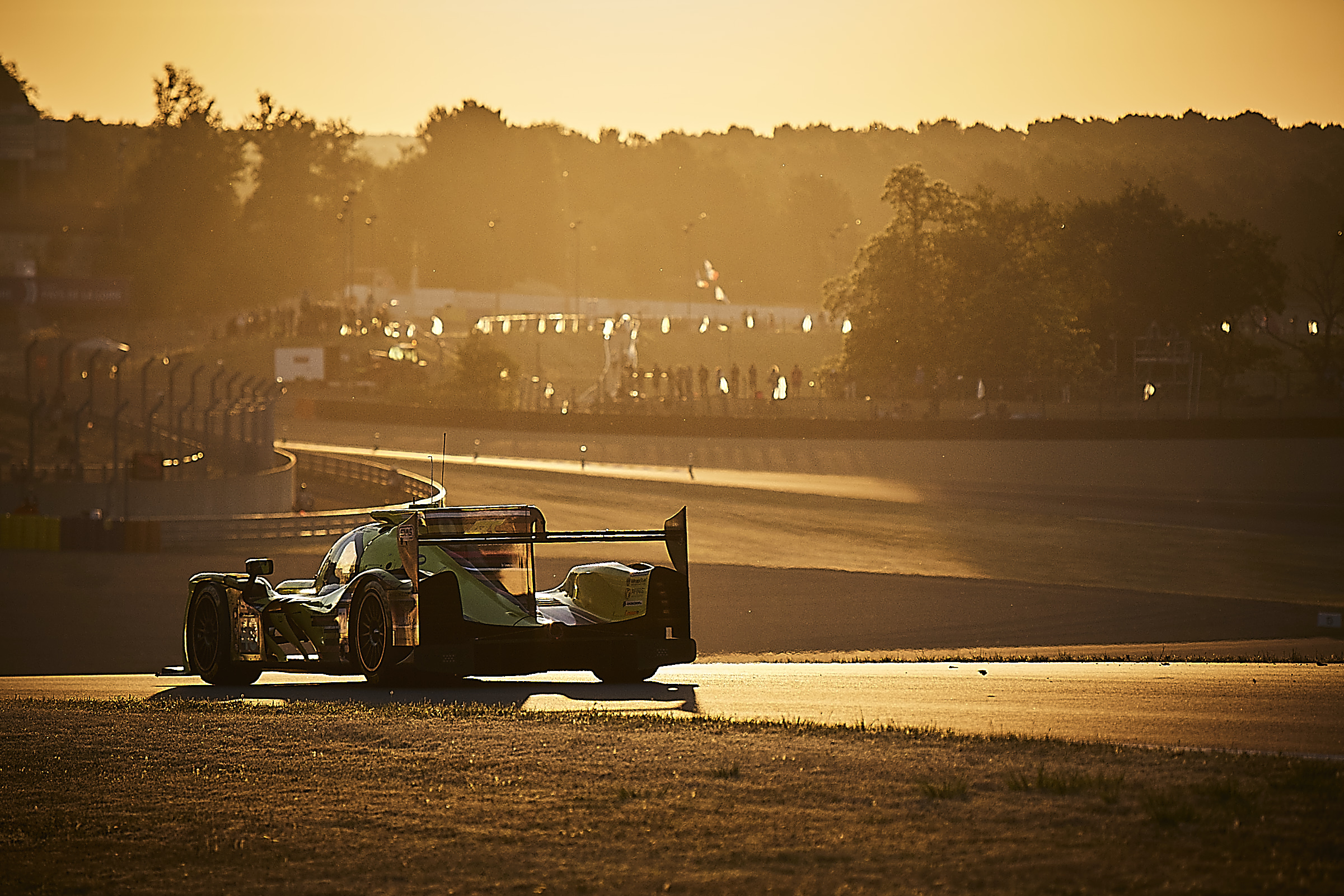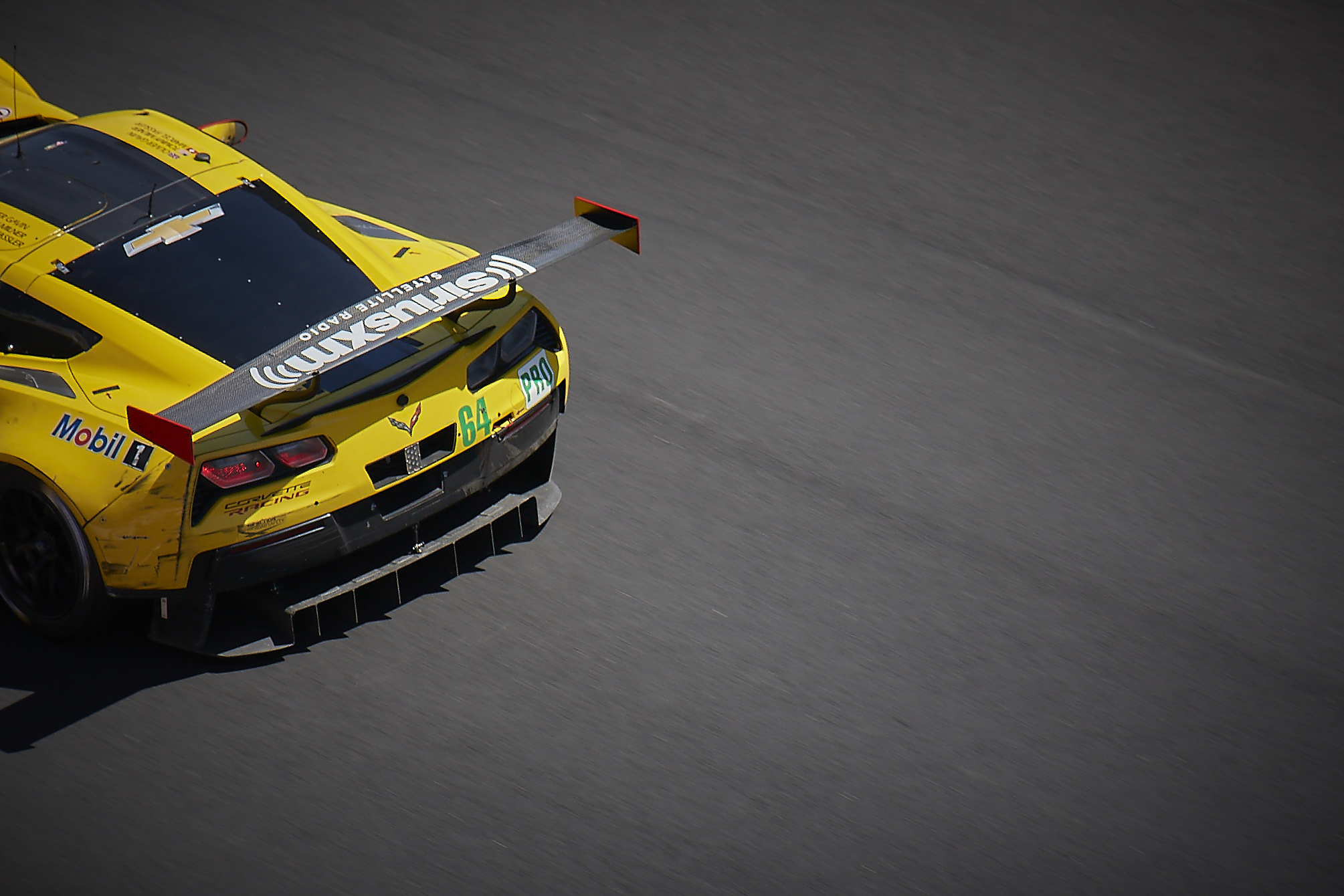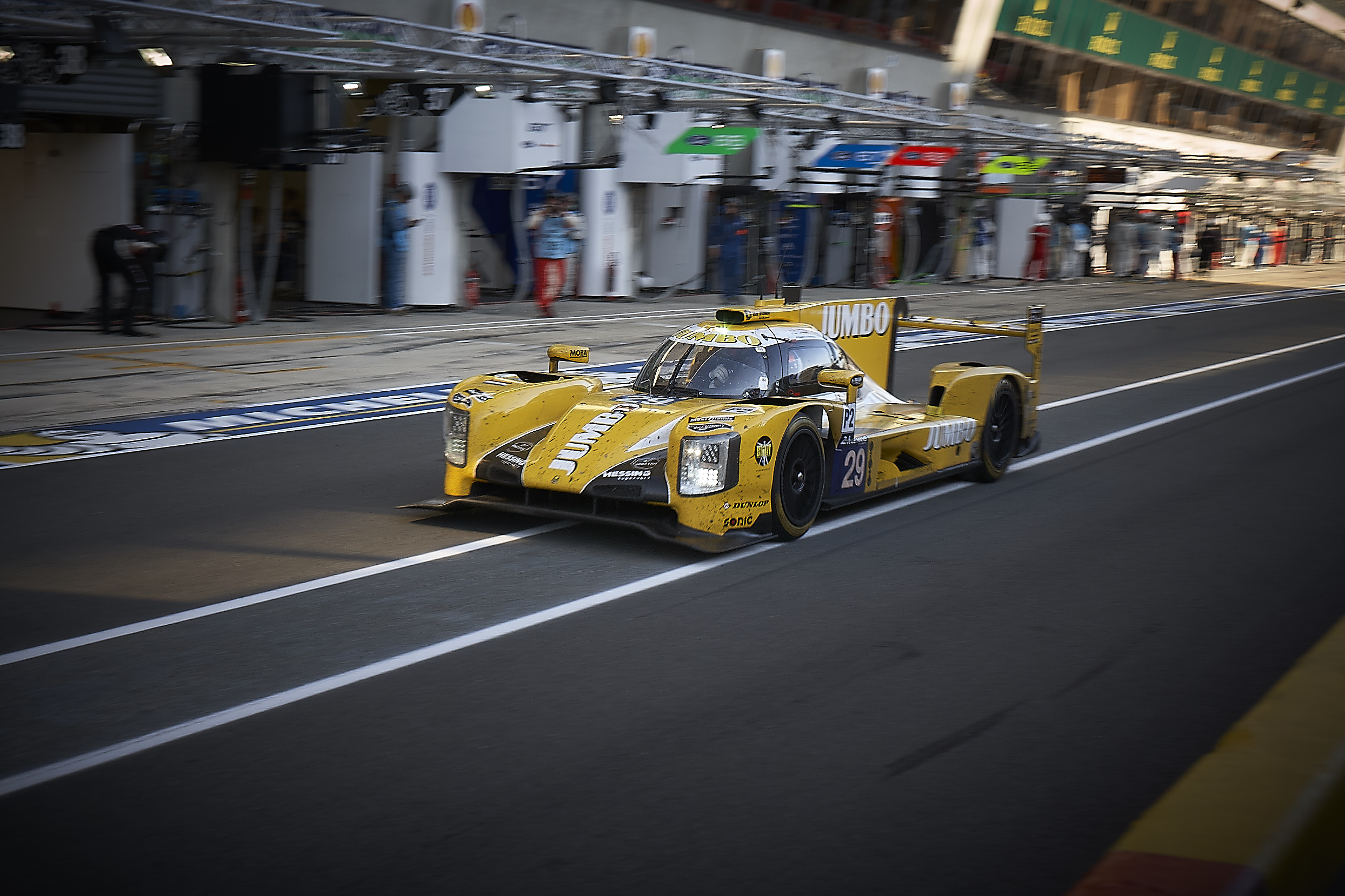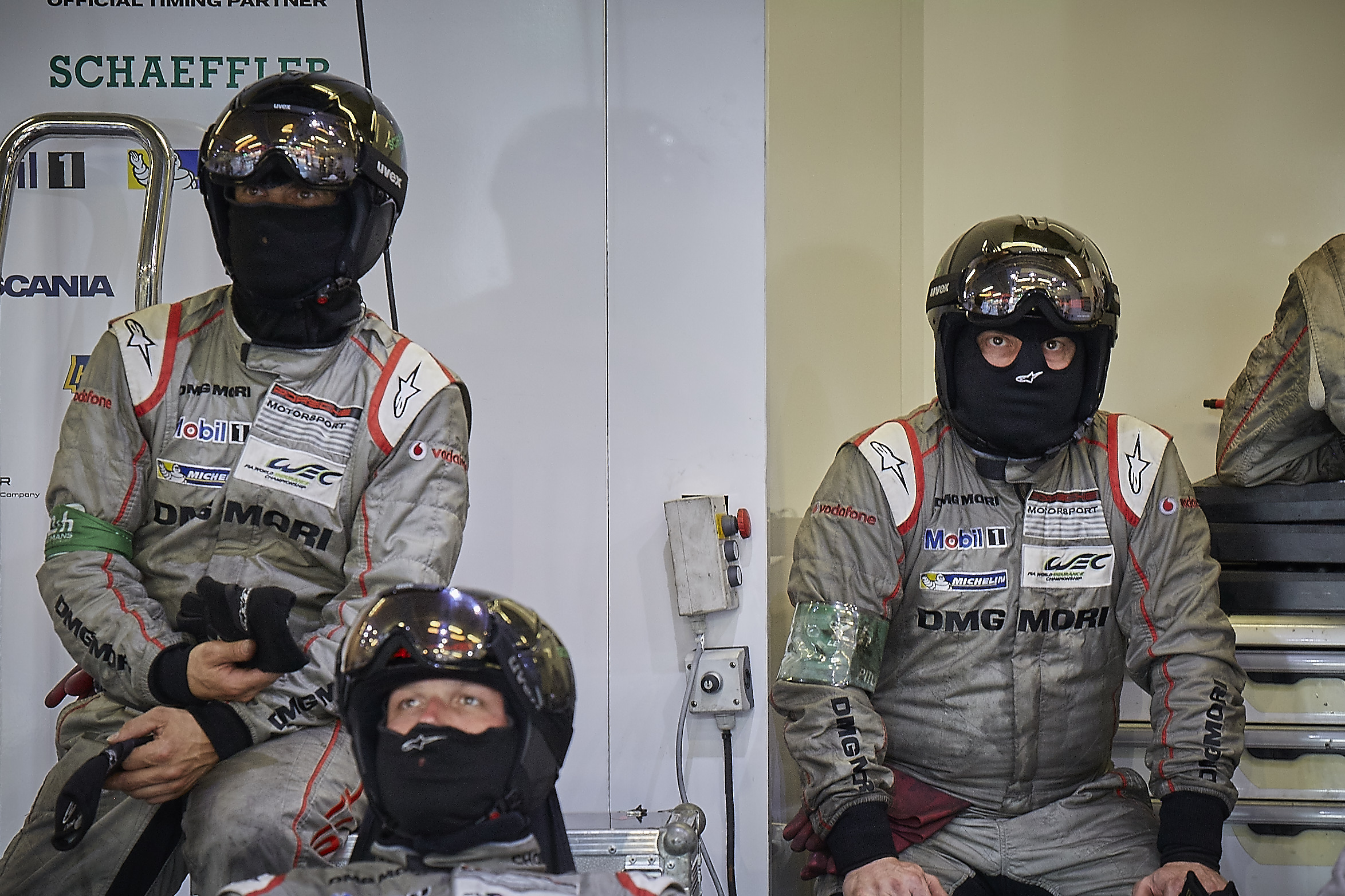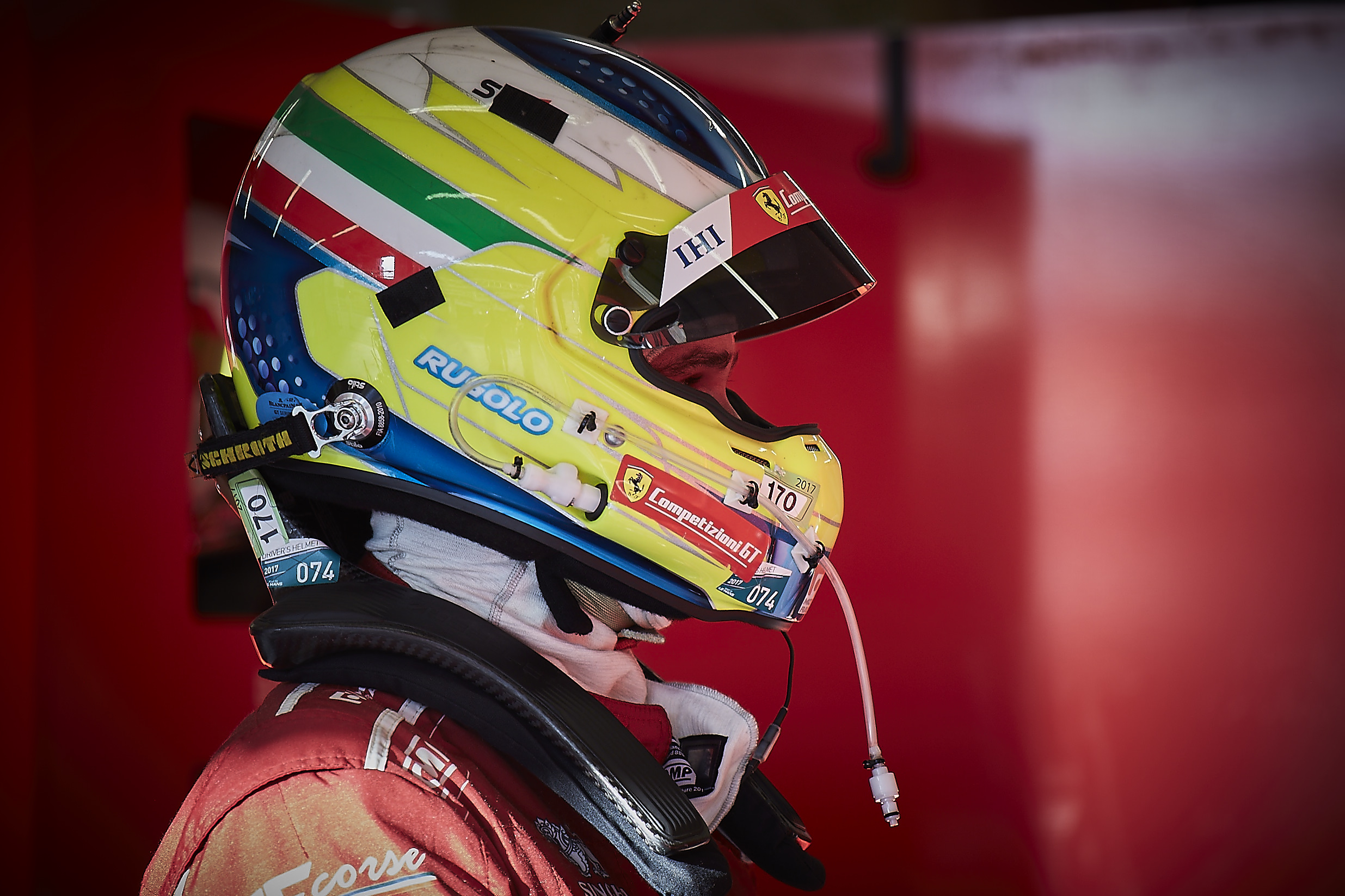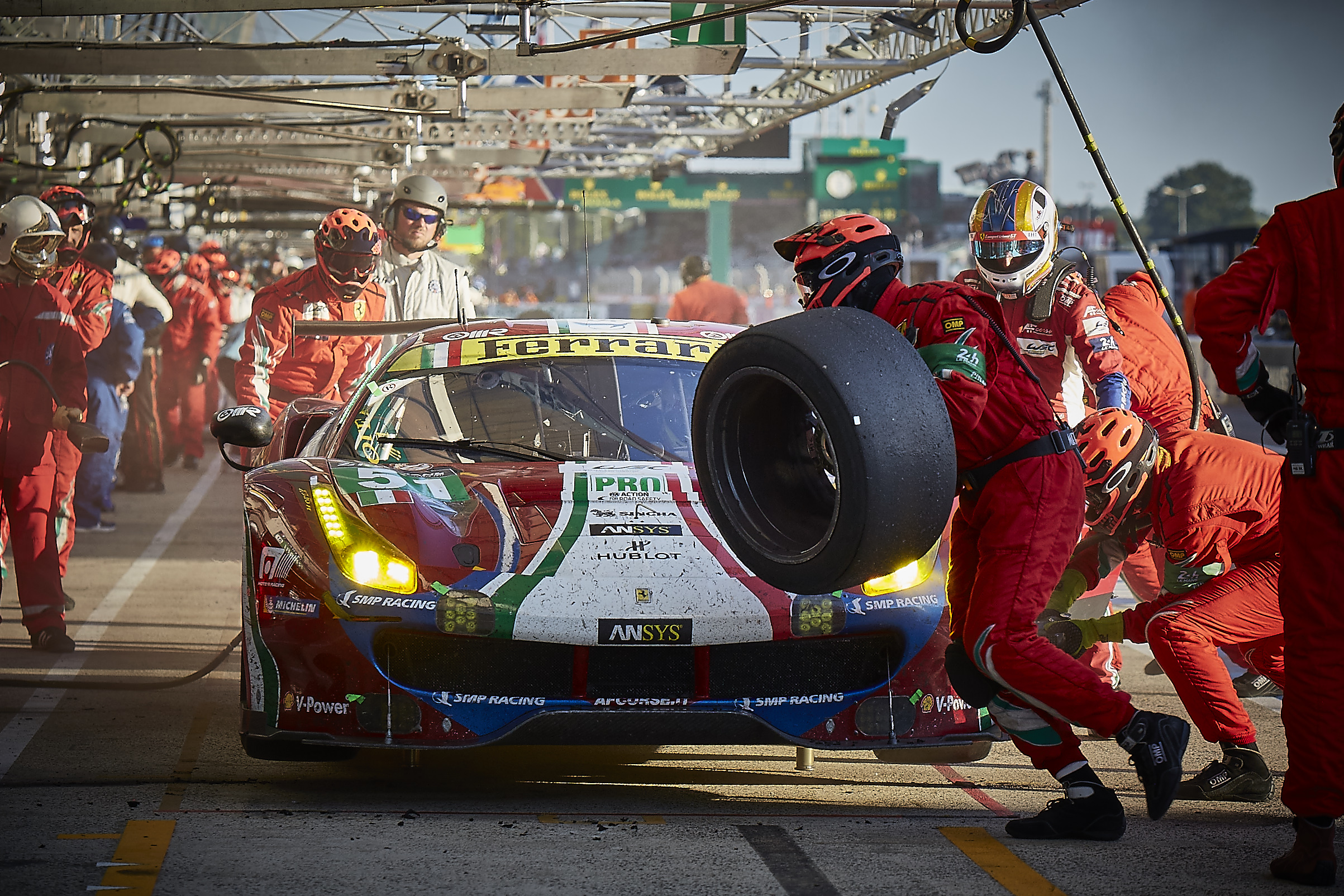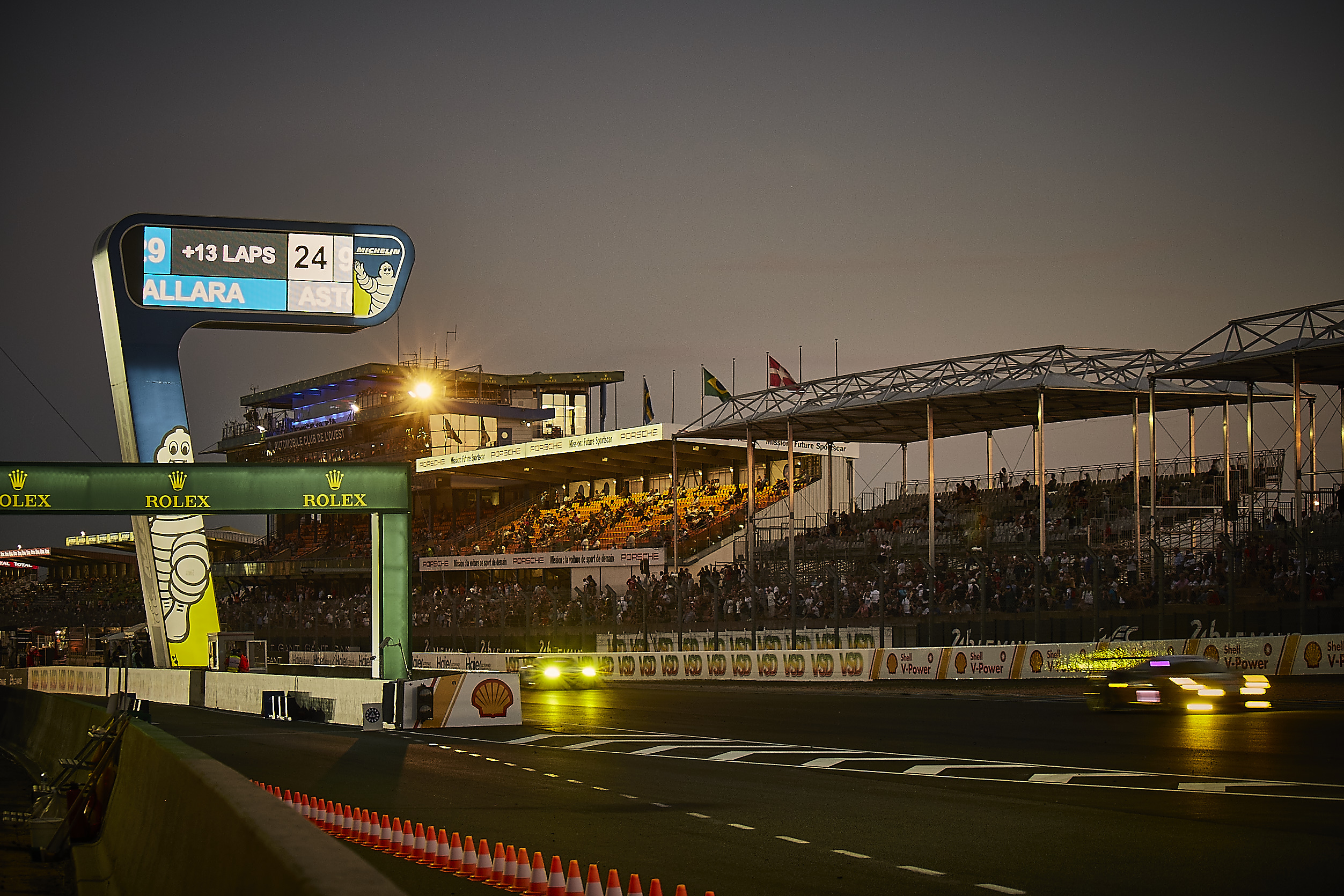Opus meets three-time winner of the 24 Hours Le Mans, Allan McNish, for an in depth
interview for The Official 24 Hours LeMans Opus.
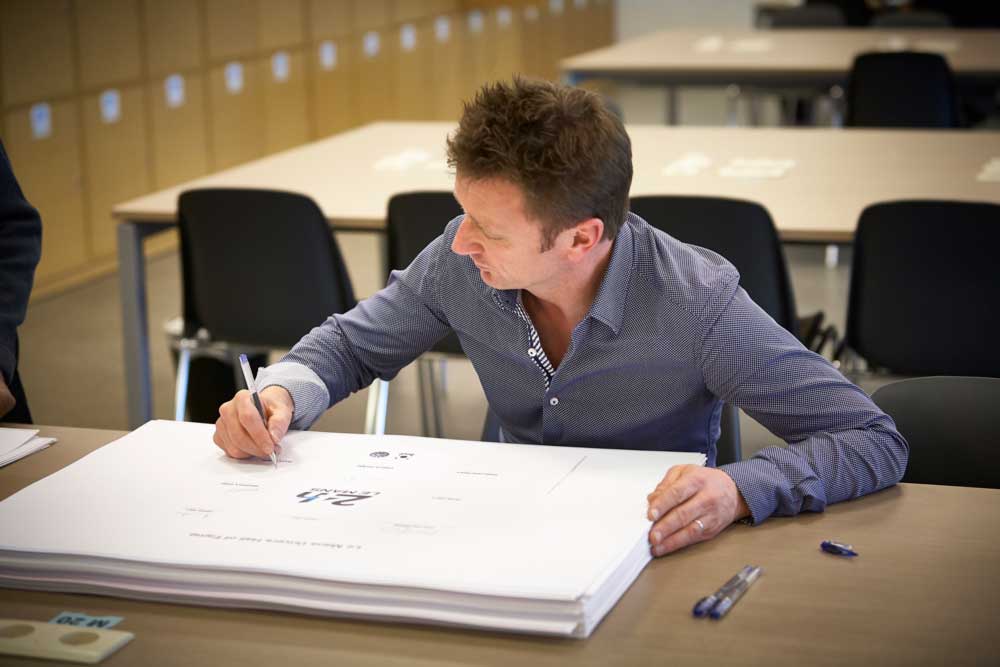
Interviewer: The first one is do you remember the first time in your life you heard
about Le Mans?
Allan McNish: It was in a book that I was given about cars. I was maybe six or seven years old. They had the track map of Le Mans. I remember sitting in my bedroom and there was a small area underneath a desk. I sat under the desk pretending I was driving the circuit of Le Mans. Scotland has a big history at Le Mans. Not because of drivers, but because of the Ecurie Ecosse. In ’56 and ’57 they won outright with the Jaguar. The Ecurie Ecosse, when I started karting a little bit after that, were returning to LeMans with a Group C2. Ecurie Ecosse also sponsored me in karting. Very early I had associations of the 24 hours in that way, but I also remember my first visit to Le Mans was the World Karting Championships in 1985 at the Circuit Alain Prost. I now you sit here in 2017, and to think in reality my career was always going to come to Le Mans, with all of these pieces of the story.
Interviewer: When you saw the track when you were six years old, you were already passionate for motor sports?
Allan McNish: My father and mother liked motor sport, but they liked motorcycles and so I followed that, but I had a passion for speed. I had a passion for competition. I liked motor sport, but I never had the idea it was a career. It was just a love. That love definitely developed.
Interviewer: Do you remember the first time you drive on the Le Mans track?
Allan McNish: Yes, in a rental car. 1985.
Interviewer: How it was?
Allan McNish: I remember Indianapolis, because I was racing for a man called Teddy Fullerton in karting. We went round the Indianapolis Corner and it felt like it was on two wheels. Then it became a little bit more real. Then after I was racing for team DAMS formula in 3000. I was then testing on the Bugatti Circuit quite often, but my first time driving on the track was in ’97 in the pre test. I remember – I’d driven Formula One cars, Indy cars, all these other things, but first time down the Hunaudières, into the first chicane, it felt like I was doing 1000 kilometres per hour. I braked. Changed down. Then had to accelerate and change back up because I just had no idea about the track or where it went or anything. It was like the first time I had driven a racing car, and it frightened me.
Interviewer: It frightened you?
Allan McNish: It frightened me. The first time I drove it, it frightened me, because it was so fast. The car was moving around so much. It was a Porsche GT1. It was just quicker than anything I had experienced before. The atmosphere of the place. Everything about it was just super cool, but as a driver I gave it so much respect because it was not easy.
Interviewer: Did you like this track?
Allan McNish: I liked it, but I was very cautious of it. I liked the natural feel. I loved the S’ especially the old one. It was still the old Dunlop as well. I didn’t like Mulsanne. I struggled with Mulsannes Corner because then you would brake before you turned in. You went across the little bumps and the car started dancing and you’re doing 340 kilometres per hour and the car’s dancing. Okay. Easy boys. Clearly the section Porsche and through karting was super cool.
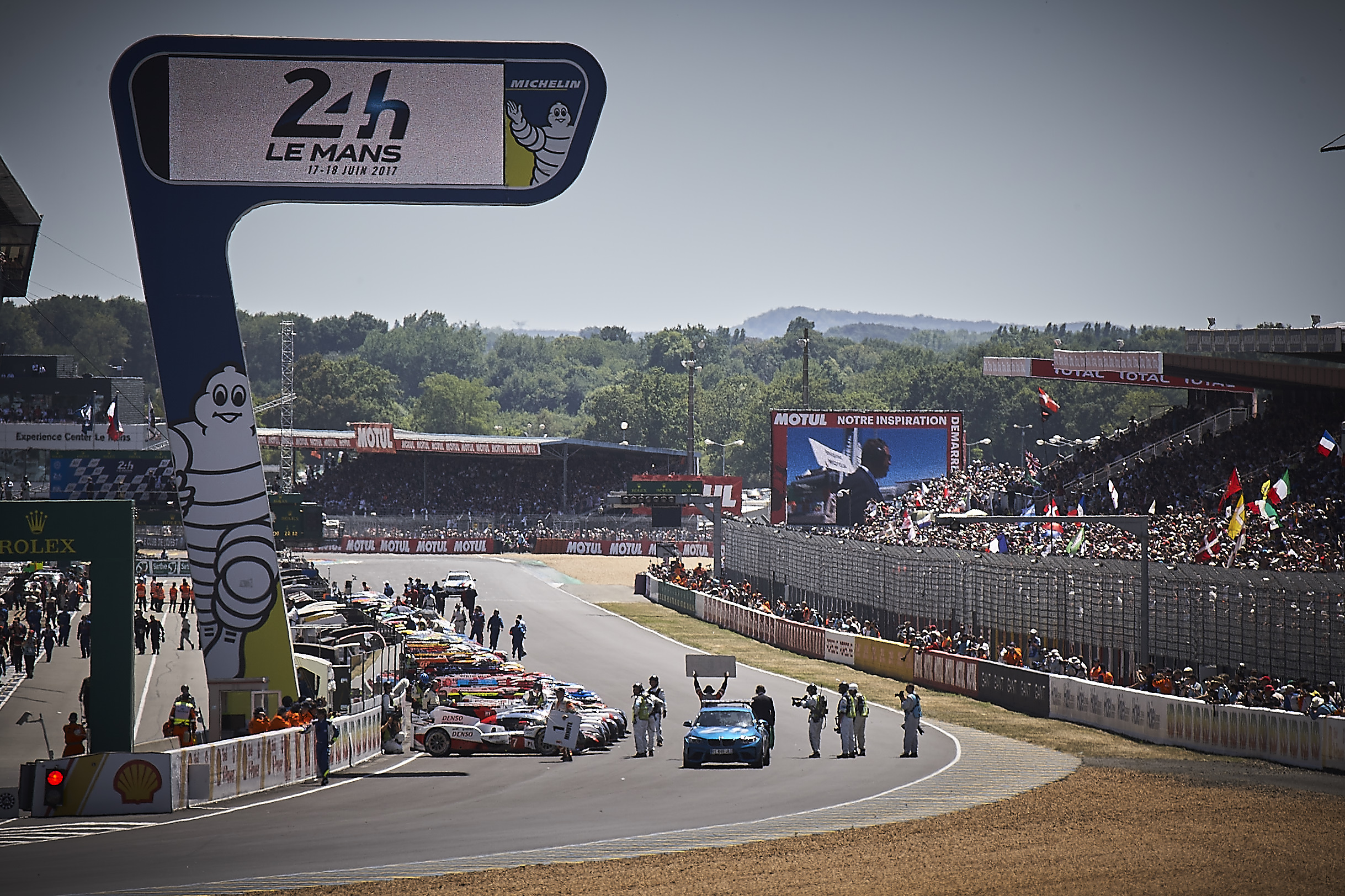
Interviewer: This is your favourite?
Allan McNish: No, my favourite actually is Indy. Leading into Indy.
Interviewer: Why?
Allan McNish: Because you come down the trees. It’s like a tunnel. Then suddenly it opens out and you’ve this super fast entry to the right and then the tight left, which has got camber. Less now, but at the beginning you could do it two ways. You could brake for the right and accelerate or you could try to run through and just let the car float and then brake for the left. There were two ways to do it. I used to do it different in qualifying into the race. In qualifying, I would maybe be more aggressive and brake and accelerate and brake. In the race, I would let the car float between the corners. Now, in the last seven or eight years of my time at Le Mans you were flat through the right, but at the beginning it was definitely a different skill.
Interviewer: You drive many, many cars at the moment. Do you have one favourite?
Allan McNish: R10.
Interviewer: Why?
Allan McNish: Because the power of the down force. The race. The adaptability. The car was good in the dry, it was good in the wet. It gave us something a little bit different. Also, to be honest, the fight with Peugeot in 2008. It started here. The fight started here. In the race before. There was some action on circuit. There was a bit of pressure. That’s when really we started to get into a very good fight with Peugeot. For me, the R10 just did everything I wanted at Le Mans. In the dry, in the end, it wasn’t quick enough, but we were still able to make it work. It won every race it started.
Interviewer: You won three times?
Allan McNish: Mm-hmm Yep.
Interviewer: Do you have one favourite victory or not? It is equal for you?
Allan McNish: They’re not equal. They’re all different. ’98, we arrived. Stéphane Ortelli, Laurent Aïello, and I, three kids. We won. Thought every race was like that.
Interviewer: Easy.
Allan McNish: Not easy. I remember we had a water pipe break at six o’clock in the morning. I’d just overtaken the sister car to put it a lap down after it had been off the circuit. Thinking, “Yes.” And then immediately we had a technical issue. Sitting in the pits, both cars are in the air. You see the lead evaporating. I thought, “That’s it. It’s gone.” It came back to us. That was special. ’08 because of the fight and the length of time for me personally. I’d led every Le Mans after that and every one had gone away for some reason. Podiums- but second and third trophy is very special, but it’s not first. 2008, was extremely special. Then ’13 because it was the toughest. Definitely the toughest. Mentally tough. For so many reasons. For Tom especially, that was a difficult …
Allan McNish: Just for everybody, because we’re all one family in a way. ’13 I think was definitely, for me, the toughest one to do.
Interviewer: Was it most emotionally? Maybe no?
Allan McNish: The most emotional was probably 2008 because my … just as a little side story, my wife was pregnant. She comes to Le Mans, That’s the only day she comes, so she comes to Le Mans. Our daughter was born just a little bit afterwards. The watch that we won. That’s her watch. It’s in the box. It’s never been out. It never will be. That’s her watch. I had to win another one for my son.
Interviewer: A lot of pressure.
Allan McNish: Yeah, there was quite a lot of pressure on that one. The emotional one was 2008, not because of Charlotte being born, but because of the time between ’98 and 2008 and, to be honest, because after 2007 I thought there was never another chance to lead like we had in ’07. To be so dominant, to be faster, we had two lap leads and performance. Pure performance. Tom Kristensen, Rinaldo Capello and I. Gone. Sister car, Peugeot, everybody. I thought we’d never have that chance again. I thought a second victory at Le Mans was never going to come and then it came in ’08, and then again in ’13. Just shows you. I think Le Mans gives you something but you’ve got to earn it. It doesn’t give you anything for free. Definitely not for free.
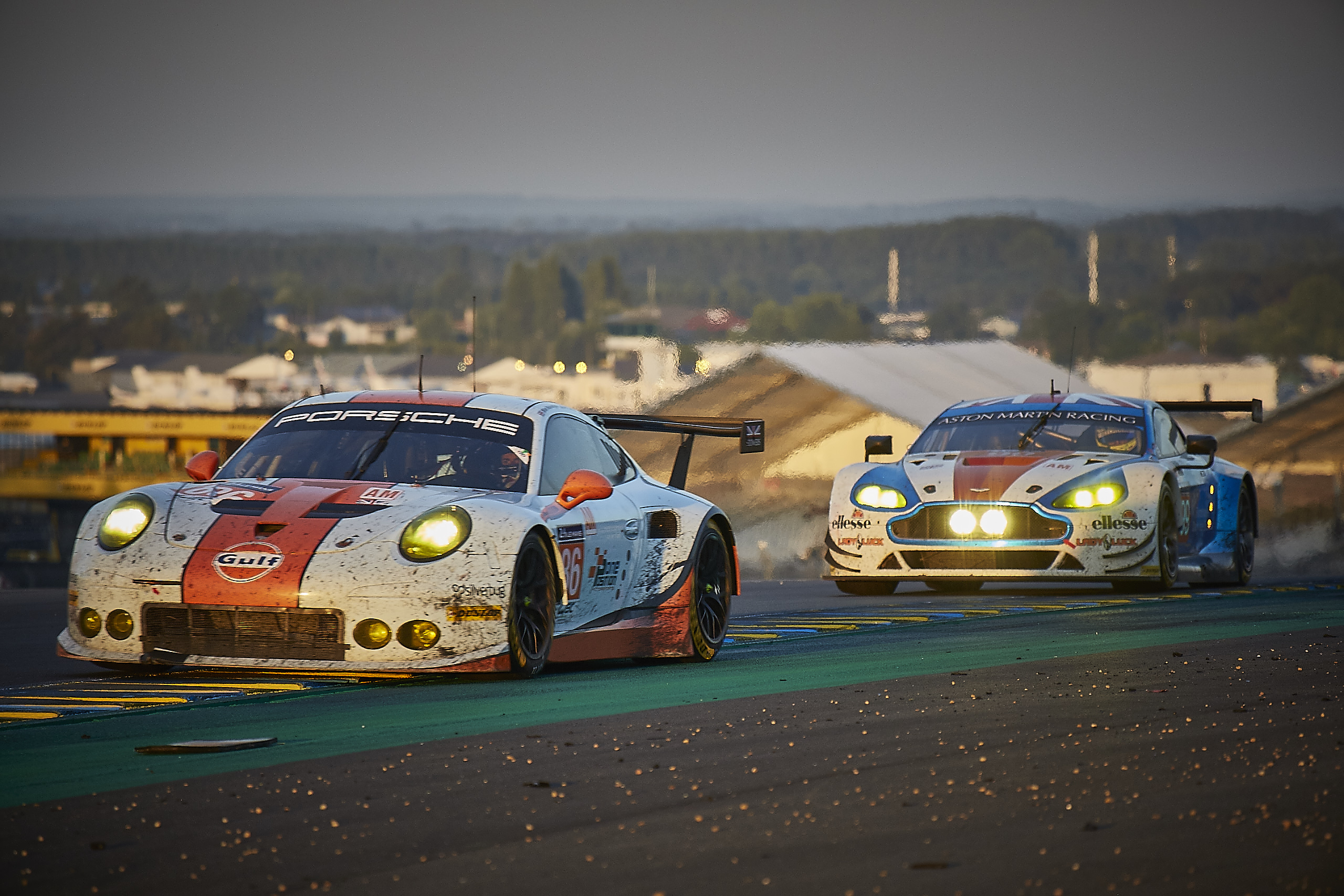
Interviewer: You had a lot of scary moments at Le Mans. Everybody remembers what happened to you. It was a big crash. It was your scariest moment, this crash?
Allan McNish: No.
Interviewer: No? What was your scariest moment?
Allan McNish: The scariest moment was seeing it on video the next day because in the car it wasn’t a big shunt. It was a big accident. I knew it was a big accident. The car was destroyed. The next day, I saw the picture of L’Equipe. The car was on … I thought, “Ooh. Rocky. That was a big one.” But then I thought Rocky crashed in the night, that’s me. Then I watched it on YouTube with seven million other people. I realised the accident I had in the car was much quieter, more calm. Big but not huge. The accident that actually happened was ferocious. The two were not the same. In the safety of the monocoque, it was a big shunt, but in three months I was fine. Two, three months. On that side it was not as big. In terms … I raced for 32 years and I had three big accidents in my career. I’ve had other ones, but three big ones. One every ten years. It’s probably the law of averages. Just unfortunately this one was at Le Mans.
